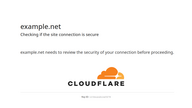
You don’t want to be on Cloudflare’s naughty list
My home IP ended up on Cloudflare’s naughty list for six days. Most websites and many apps loaded slowly, partially, or not at all. Just had to wait it out.
Tips and ideas for areas to improve the performance of your website.

My home IP ended up on Cloudflare’s naughty list for six days. Most websites and many apps loaded slowly, partially, or not at all. Just had to wait it out.

Do you still need to maintain webpage thumbnails/link previews in legacy image formats, or have apps caught up with the WebP revolution? It’s a bit complicated.

The Brave browser has significantly cut the page load time overhead of its adblocker. Brave loaded pages slower than competing browsers without adblockers.

Google Chrome gives Google Search (when set as the default search engine) a network performance-boost over competing search engines.

Cloudflare has launched a new free web analytics/visitor-counting service. It promises to put end-user privacy first. The service has plenty of room to improve.
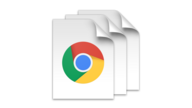
Chrome intends to remove support for server push; an underutilized performance feature introduced in HTTP/2. It cites low usage and implementation complexity.

Twitter tried to reduce load times for external links, but made things slower instead. It mistakenly normalizes domains to a point where they’re no longer useful.
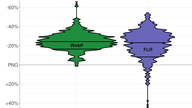
The FLIF lossless image format makes big claims on file size savings, but lossless WebP actually delivers smaller lossless image files.
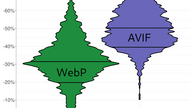
I got impressive results when comparing AVIF and WebP images at the same visual quality (using DSSIM.) AVIF’s 85th percentile was the same as WebP’s 15th!

A tutorial on how to load native lazy-loading images earlier in Safari and Firefox. Speed up page loading while keeping visitors from seeing loading images.

Web browsers has different priorities and user experience trade-offs in their lazy-loading image implementations. Firefox and Safari vastly different to Chrome.

IPFS splits files into chunks. Smarter splitting points in HTML files can create more reusable/deduplicatd chunks with higher availability.
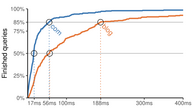
Traditional and established top-level domain resolves faster than the newfangled .blog top-level domain. Unsurprising, but worrisome.

preconnectReduce Google AdSense’s impact on page-load time using <link rel="preconnect">. Optimization only used on 350 out of 12M AdSense partner websites.

<link rel=dns-prefetch> and when to use preconnectLearn the difference between dns-prefecth vs preconnect, how to work around browser bugs, and when to use which? iOS and Safari requires special attention.
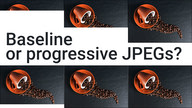
Make a meaningful improvement in user experience for your website visitors, especially those with slow internet, with semi-progressive JPEG loading.

You must implement the Beacon API the way WebKit deems to be “the right way” to make it work on iOS, Safari, and WebKit browsers.

The majority of websites don’t compress their favicon files despite an impressive average file size reduction of over 70 %.

How can mass-copying pages from web publishers without a license not be mass-copyright infringement? The weird copyright law exemption that enables AMP Caches.

webRequest extension APIAs an extension developer, I support Google’s controversial decision to remove of a slow and over-powered extension API favored by ad-blocking extensions.